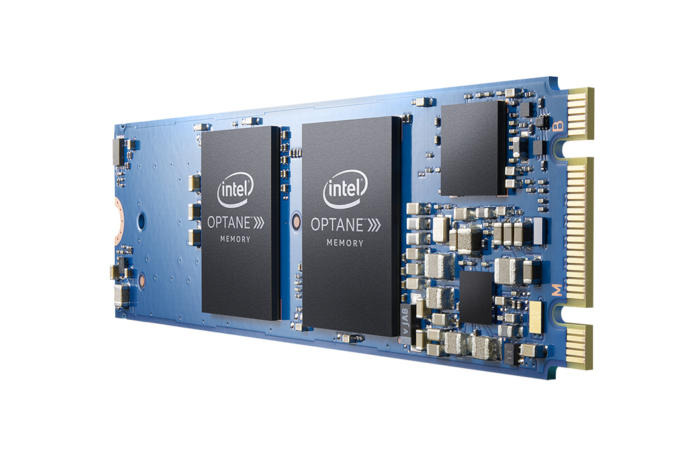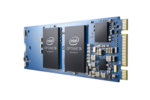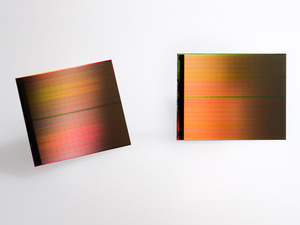"Every gamer is going to want to have 3D Xpoint. Every single gamer."
Those were words from Intel's CEO Brian Krzanich when updating investors on the company's Optane technology, which the chipmaker believes could ultimately replace SSDs and DRAM in PCs and servers.
Intel is now shipping the first-generation Optane but is also working on next-generation technologies as looks to increase density in this new class of storage and memory.
Intel says Optane is significantly denser and faster than SSDs and DRAM. It is based on a technology called 3D Xpoint, co-developed with Micron.
The chipmaker looks at Optane as the Moore's Law of storage. With future generations, Intel wants to make memory smaller, denser and cheaper, and that's driving the development of Optane.
That's good news for users. Initial Optane SSDs may be expensive, but prices will go down as the manufacturing cost-per-bit is driven down. Storage will be faster as Optane will bring data closer to the CPU.
Intel has talked about some uses for Optane. Games will run faster, with chapters pre-loaded in Optane SSDs. Optane could also be used for analytics and machine learning, which need to move data in and out of storage faster. Intel's ultimate goal with Optane is to unify memory and storage, but that goal could still be a long time out.
Micron is also delivering its own brand of 3D Xpoint products under the QuantX brand. Last week Micron said it is also working on its future 3D Xpoint technologies.
Intel's low-capacity Optane will be available for laptops in the second quarter. The company has already started shipping the first Optane DIMMs for testing.
The company has also qualified and shipped the first test Optane SSDs to data centers, Rob Crooke, senior vice president and general manager of the Non-Volatile Memory Solutions Group at Intel, said during a speech Thursday at the company's investor day meeting.
Enterprise SSDs are typically high in capacity. Memory and storage for enterprises based on 3D Xpoint will disrupt DRAM and SSDs in servers, said Diane Bryant, executive vice president and general manager of the Data Center Group at Intel.
Intel's projections for Optane in 2017 are modest. Crooke characterized it more as an "investment year," with money being poured into factories and research. The total 2017 revenue will be less than 5 percent of Intel's storage revenue.
Storage and memory aren't major revenue generators for Intel, totaling just $816 million in the fourth quarter of 2016. Total Intel revenue for the quarter was $16.4 billion, with a bulk coming from PC and server chip sales.



















